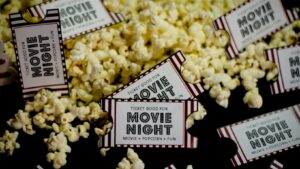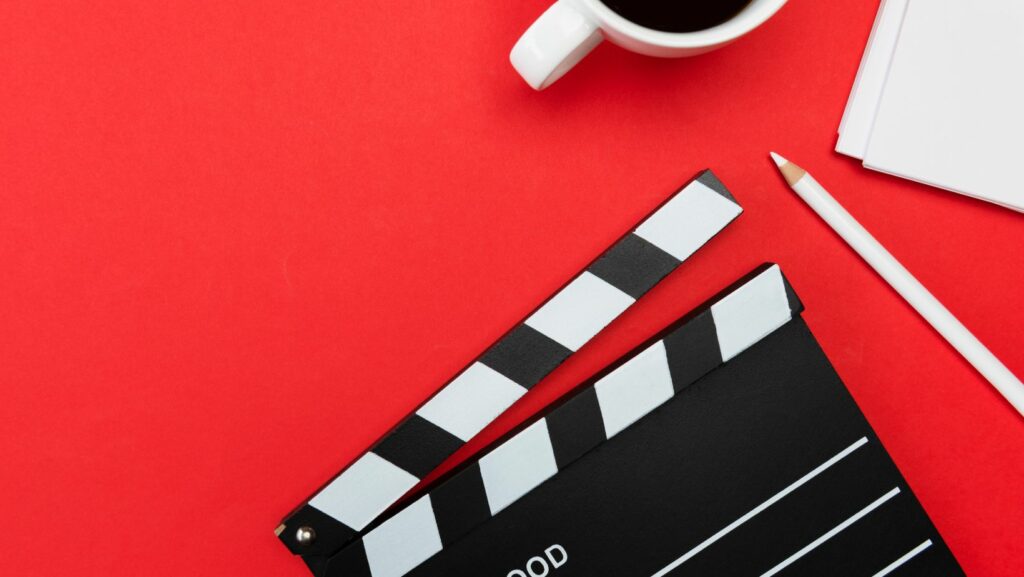Film Adaptation Examples
Film adaptation examples play a crucial role in bridging literature and cinema. They bring beloved stories to a broader audience, often those who might not engage with the printed word. By translating books into visual experiences, adaptations tap into diverse audience demographics, including different age groups and educational backgrounds.
They also offer fresh interpretations of existing narratives. While staying true to core elements, adaptations introduce unique directorial insights or contemporary settings, making classic stories relevant to new generations. For instance, Baz Luhrmann’s adaptation of “The Great Gatsby” incorporates modern music to resonate with today’s audience while retaining the novel’s essence.
Moreover, successful adaptations contribute significantly to the commercial success of the film industry. High-grossing adaptations like “Harry Potter” and “The Lord of the Rings” generated enormous revenue not only from box office sales but also from merchandise, theme parks, and video games. Their financial impact extends beyond the cinematic experience.
Adaptations also cultivate a sense of community among fans. Readers of original works find a shared experience in watching their favorite stories unfold on screen, which can foster discussions, fan theories, and even conventions dedicated to exploring these narratives. The strong, engaged fanbases for “Game of Thrones” and “The Hunger Games” exemplify this phenomenon.
These adaptations have educational value too. They introduce complex themes and historical periods to learners in a more accessible format. “To Kill a Mockingbird” and “1984” are often included in educational curricula, using film to enhance students’ understanding of intricate societal issues presented in the books. Film adaptation examples significantly impact culture, commerce, and education by translating cherished literary works for diverse, modern audiences.
Classic Literature Adaptations
Classic literature has influenced many successful film adaptation examples that bring timeless stories to life. Two standout examples are detailed below.Joe Wright’s 2005 adaptation of Jane Austen’s “Pride and Prejudice” captures the essence of the novel. The film stars Keira Knightley as Elizabeth Bennet and Matthew Macfadyen as Mr. Darcy.  It’s renowned for its faithful yet fresh approach, balancing the novel’s wit and romance with a visually stunning presentation. The film maintains the period’s social i tricacies, highlighting the challenges and expectations faced by women in the early 19th century. Critical and commercial success affirmed its place as a beloved adaptation.
It’s renowned for its faithful yet fresh approach, balancing the novel’s wit and romance with a visually stunning presentation. The film maintains the period’s social i tricacies, highlighting the challenges and expectations faced by women in the early 19th century. Critical and commercial success affirmed its place as a beloved adaptation.
Robert Mulligan’s 1962 adaptation of Harper Lee’s “To Kill a Mockingbird” remains a pivotal cinematic work. Gregory Peck’s portrayal of Atticus Finch won him an Academy Award for Best Actor, becoming an iconic representation of integrity and justice. The film precisely depicts the racial tensions and moral dilemmas in 1930s Alabama, staying true to Lee’s Pulitzer Prize-winning novel. Its educational impact is significant, as it brings crucial social issues into the classroom, fostering discussions about justice and equality.
Modern Literature Adaptations
Film adaptation examples of modern literature have gained significant attention for translating contemporary stories to the big screen. These adaptations bridge the gap between pages and cinematic experiences, delighting fans and new audiences alike. Peter Jackson’s “The Lord of the Rings” trilogy adapted J.R.R. Tolkien’s seminal fantasy novels into a cinematic masterpiece. The trilogy, released from 2001 to 2003, received critical acclaim and won 17 Academy Awards.  Jackson’s attention to detail and dedication to bringing Middle-earth to life created an immersive experience that both fans and newcomers appreciated. The cast, including Viggo Mortensen and Ian McKellen, delivered memorable performances, enhancing the narrative’s depth. Each film successfully conveyed Tolkien’s themes of friendship, bravery, and the struggle between good and evil, making it an exemplary modern literature adaptation.
Jackson’s attention to detail and dedication to bringing Middle-earth to life created an immersive experience that both fans and newcomers appreciated. The cast, including Viggo Mortensen and Ian McKellen, delivered memorable performances, enhancing the narrative’s depth. Each film successfully conveyed Tolkien’s themes of friendship, bravery, and the struggle between good and evil, making it an exemplary modern literature adaptation.
“The Hunger Games” series, directed by Gary Ross and Francis Lawrence, brought Suzanne Collins’ dystopian novels to life. Released between 2012 and 2015, the films featured Jennifer Lawrence as Katniss Everdeen, whose portrayal earned widespread praise. The series addressed issues such as totalitarian governance, social inequality, and media manipulation. The compelling storyline and strong performances led to commercial success and sparked discussions on societal themes amongst viewers. The visual representation of Panem and the harrowing arenas captivated audiences, proving the effectiveness of the adaptation in conveying the book’s intense atmosphere and critical messages.

